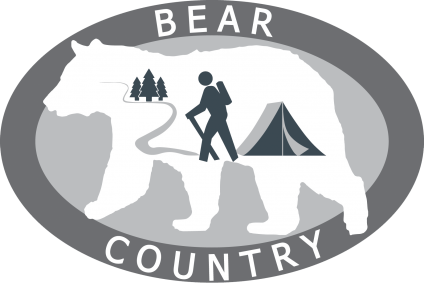Be bear aware
Being outdoors means being with wildlife. Many people never encounter a bear. But if you do, here's some simple advice:
DO NOT RUN.
Remain calm.
Group together and pick up small children.
Continue to face the bear and back away slowly, talking calmly to identify yourself as a human.
If the bear continues to approach, try to scare it away by making yourself as large and imposing as possible by stretching your arms overhead and making loud noises.
Carry and know how to use bear spray, which is available at many outdoor retailers and can be used to deter a charging bear.
Food Storage
Bears are always searching for food. Bears are curious, intelligent animals that have great memories. Their eyesight is similar to humans and their sense of smell is seven times more powerful than a blood hound’s, enabling them to smell food from miles away.
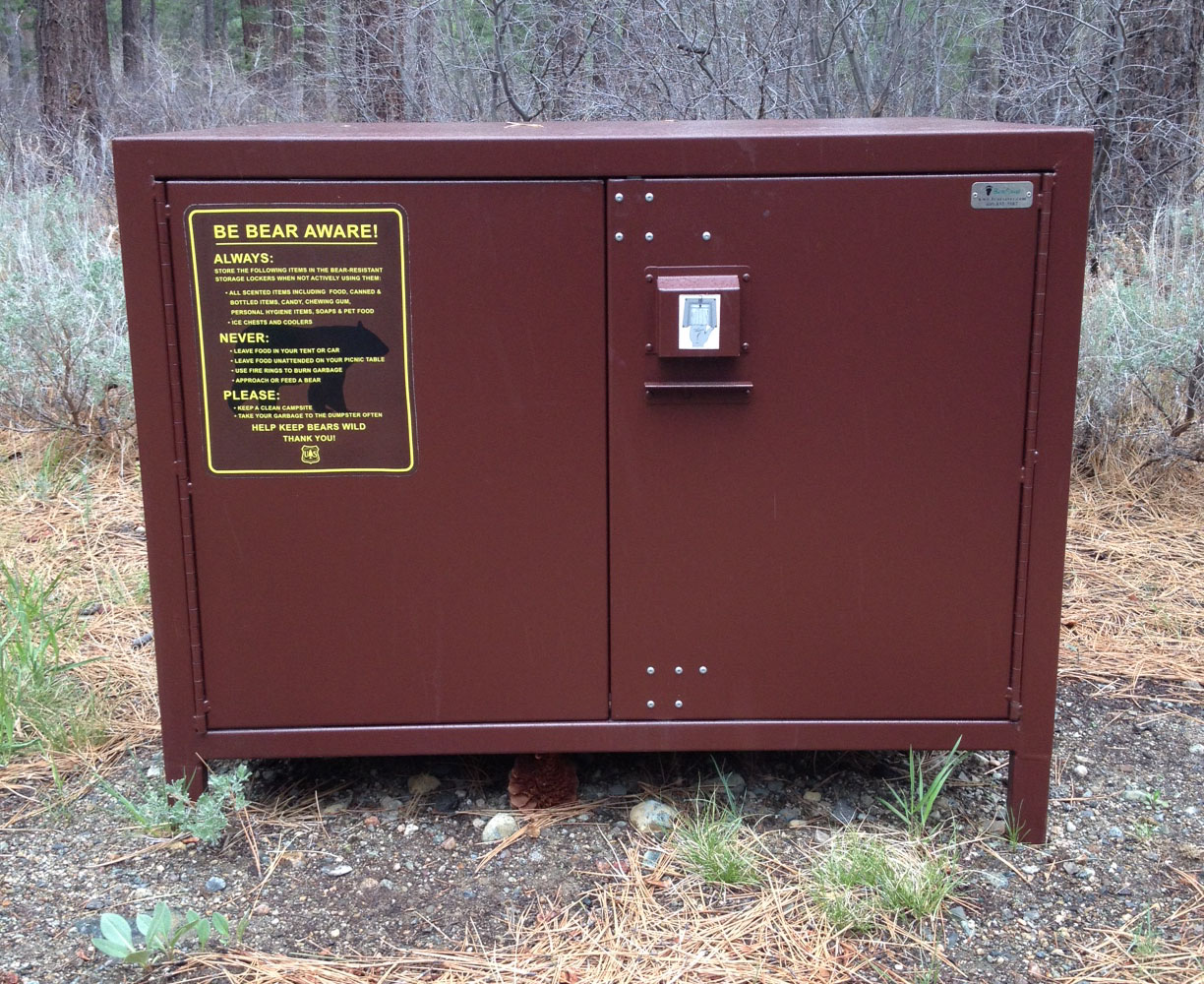
Those are the very traits that can sometimes get them – and us – into trouble. Most bears are wary of humans and try to avoid them. However, bears can learn to associate people with food and be tenacious in their pursuit of something to eat. Even if humans are around.
Everyone in bear country must do our part to store food and other attractants in bear-resistant containers at all times, and dispose of trash in bear-resistant dumpsters.
Bears remember and recognize familiar food sources like favorite berry patches, decaying logs swarming with delectable insects, and streams and rivers teeming with fish that provide much needed fat and protein.
But bears also remember human packs, campsites, and dwellings offer tempting options. While bears are attracted to any edible food, they also might try to feast on items we might not consider edible:
toothpaste
shampoo
lotion
soap
cooking utensils
empty cans
wrappers
coolers
pet food
bird seed
garbage
petroleum products (including fuel)
For more information on food storage, visit the Bear-Resistant Food Canister page.
There are three species of bears living in North America:
Black bears (Ursus americanus) are the most abundant and widely distributed of the three species of North American bears. Black bears vary in color from jet black to cinnamon to white, although black is the color encountered most frequently. Given the number and extensive range of black bears in North America, this is the bear species you are most likely to encounter during your visit to the national forests.
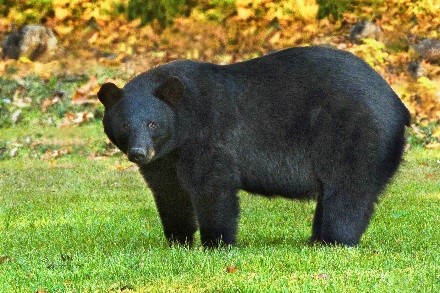
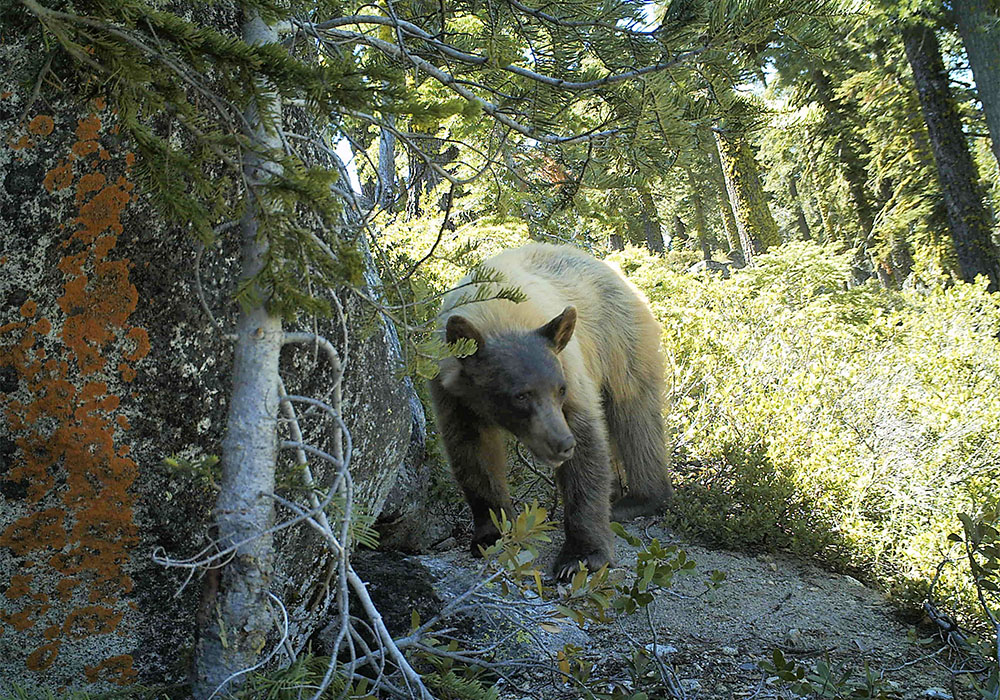
Brown bears and grizzly bears (Ursus arctos) are the same species, even though there are notable differences between them. “Brown bears” typically live along the southern coast of Alaska where they have access to seasonally abundant spawning salmon. The smaller “grizzly bear” lives in the northern and interior areas of Alaska as well as the northern Cascades and Rocky Mountains of the lower 48 states.
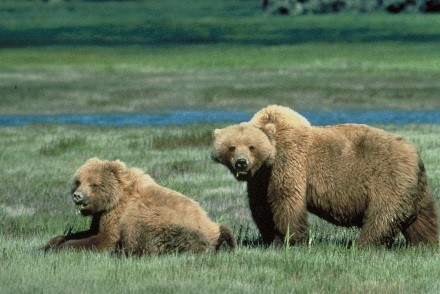
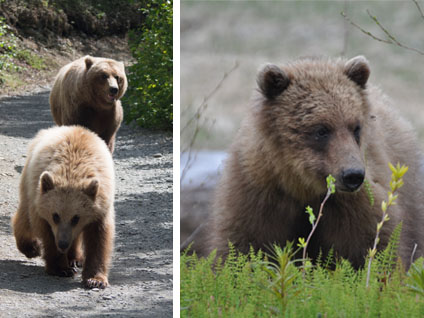
Polar bears live in the arctic and are not found in any of our national forests.
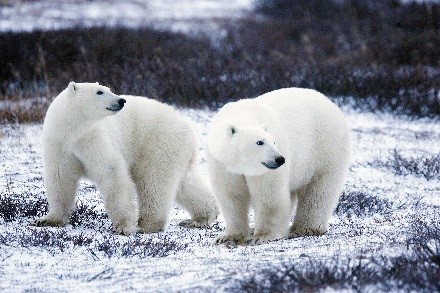
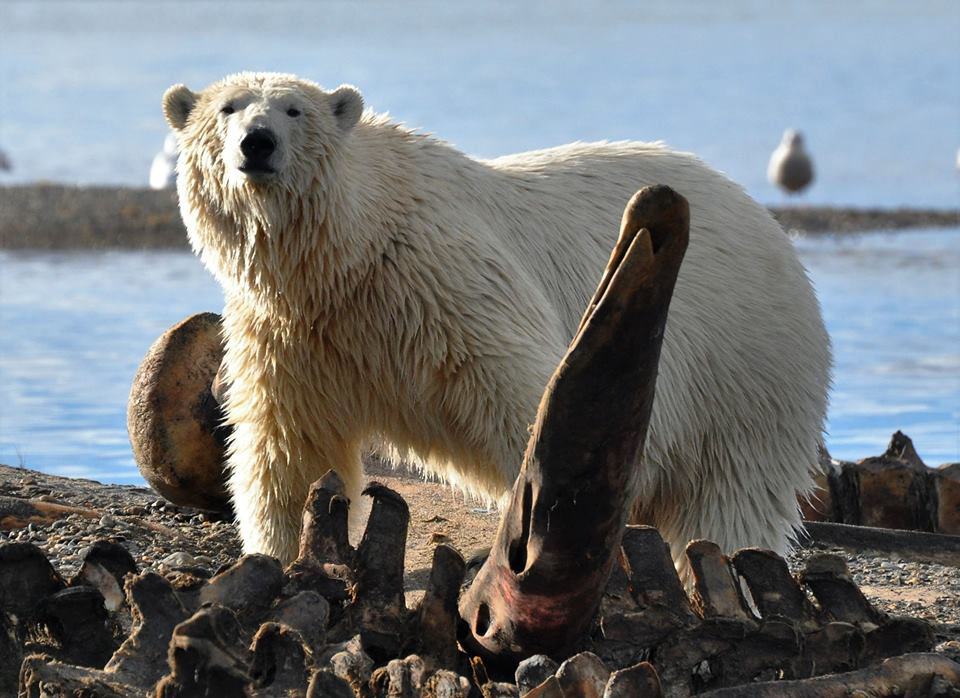
Here are more tips to help you stay safe while visiting bear country. Know more about bear interactions by contacting the camp host or district ranger at your national forest or grassland destination.
Click here for frequently asked questions about bears.
Hiking in Bear Country
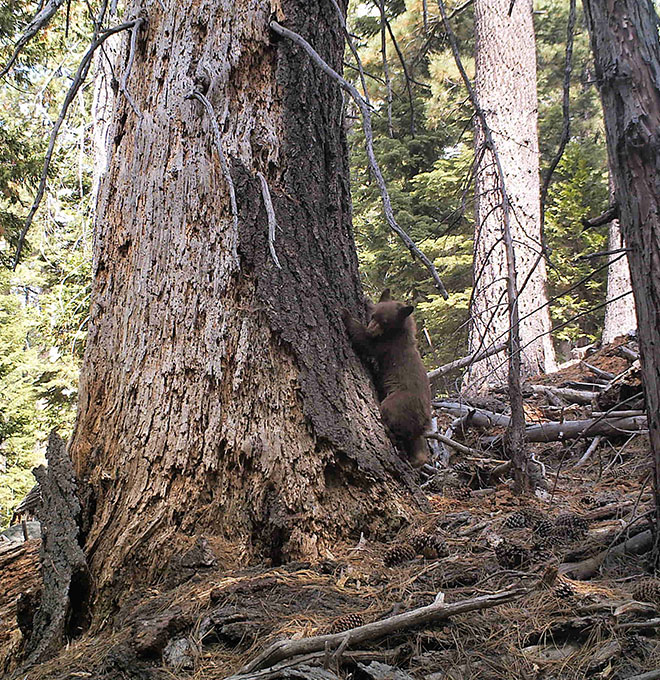
Do not feed bears or other wildlife.
Visit or call the local Forest Service office to learn about special requirements or guidelines for the area.
Let someone know where you are going and when you plan to return.
Read all signs at trailheads.
Stay alert, do not wear headphones and cautiously approach any blind corners in the trail.
Carry bear spray such that it is easily accessible. Know how to use it.
Hike as a group, keep children with you and dogs leashed.
Make plenty of noise.
For extended trips, keep food and other attractants in personal use size bear resistant containers.
If you see a bear, maintain a safe distance and alter your route to avoid the bear. Never block a bear’s travel route.
If you see a cub alone, don't approach. Momma bear could be nearby.
Camping in Bear Country
Do not feed bears or other wildlife.
Visit or call the local Forest Service office to learn about special requirements or guidelines for properly storing food while camping in the area.
Keep a clean camp site.
Do not store food or any scented items in a tent, including clothing with food residues.
Do not leave food unattended at a campsite or in your vehicle.
Use bear-resistant food lockers and dumpsters where provided or bring your own.
Clean utensils and food prep area thoroughly after cooking.
Do not store garbage at camp site. Use a designated dumpster.
At an undeveloped camping location, cook and store food away from sleeping area.
Remember: You are responsible for your own safety and for the safety of those around you.

